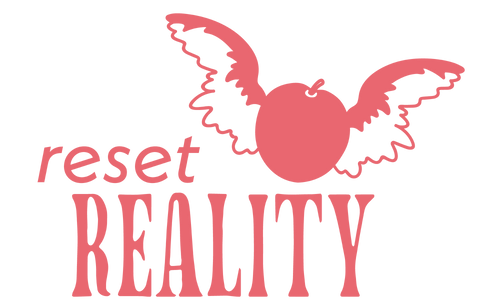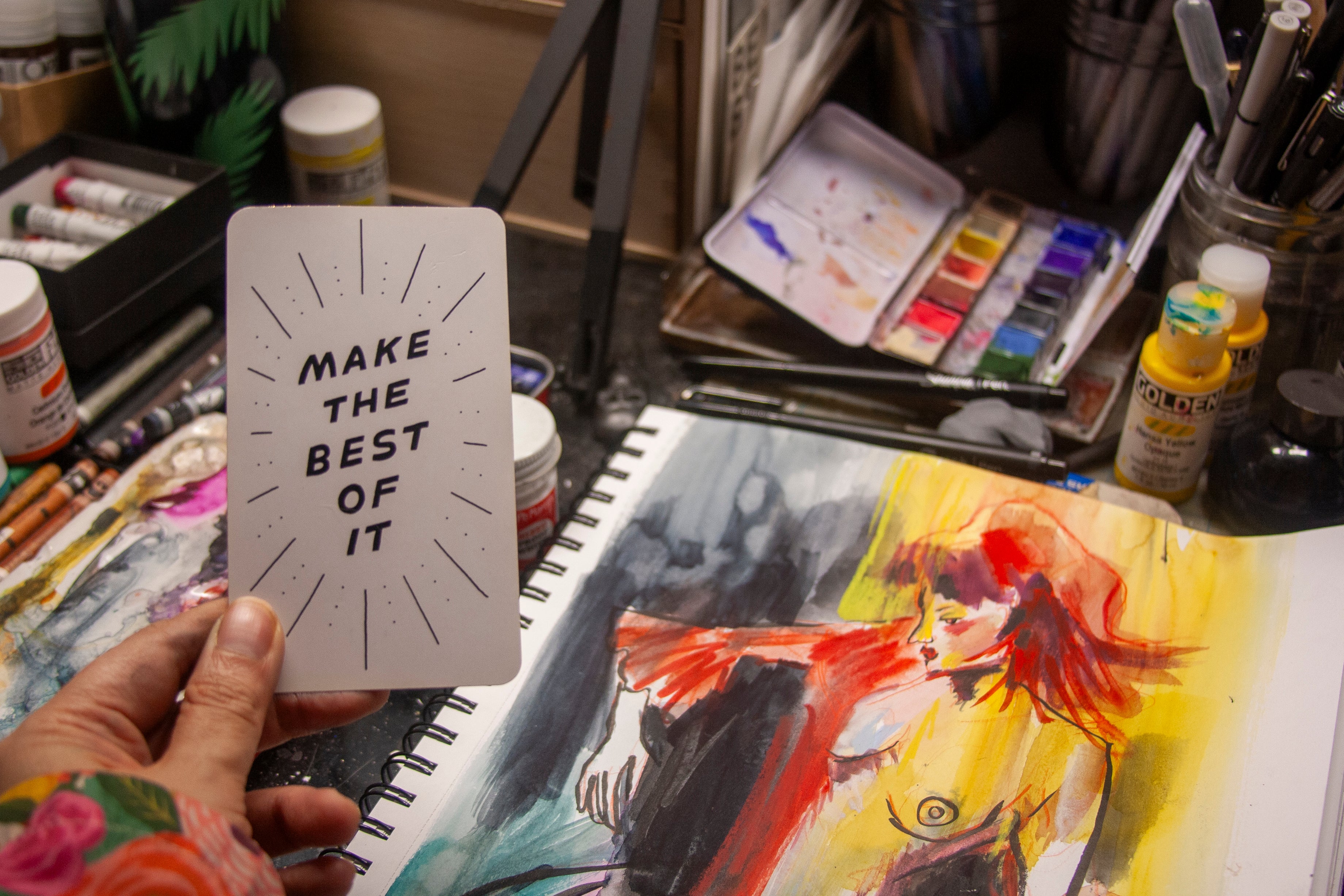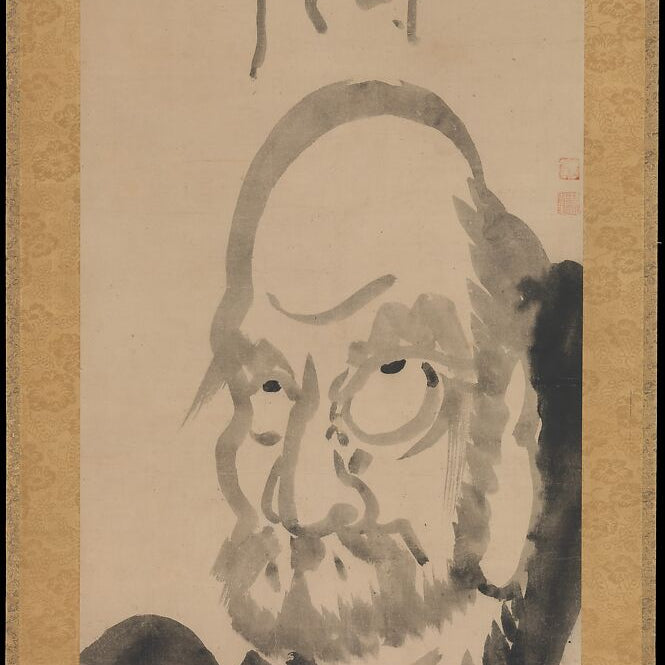I initially wrote this as a reactionary piece, after listening to a two-part episode of Dare to Lead where Brene Brown interviews Susan David on toxic positivity / emotional agility (links to part one and part two) in April 2021. I believe my feelings about radical acceptance still play a critical role in how I create art and engage in my creative process, especially navigating the darkness of these shared, global experiences.
I have felt an emotionally intense week between my personal happenings with grad school, the considerations at my day job on what makes ethical leadership thrive, the pain of holding close the realities of the current events in my country and grappling with the needless deaths of Black and Brown bodies. And lastly, still managing to dig deep and create while watching my fear walking. I feel tired, for sure.
I am a woman who loves ideas. Rather than turn away from my emotions this week, I have treated them as signposts, as data, to examine things under a different light. I am a huge fan of the following people: Brene Brown, Susan David and Pema Chodron. In a wonderful storm of minds meeting, Brene and Susan have a deeply impactful discussion around their ideas of emotional agility, vulnerability and it hit me in so many places. In the podcast Susan says “You are not being driven by your feelings. Rather, you are using the wisdom of your feelings to guide you in your values.”
In art school I treated my feelings like emotional drivers that eventually wrecked everything they touched: my work, my relationships, my ideas. I hated myself so much and so deeply and I did not understand how to stop the chaos. I had no idea how to ask for help, that I needed help and the abyss consumed me for a long, long time even though on the outside I was (and still am) a very happy, joyful, energetic person.
One of my professors, Charles Goss, recognized the cognitive dissonance warring within me and suggested I start reading Pema Chodron. Pema’s work became the foundation on which I could build a bridge between my waring emotions and where I could create a space for both of these things to exist. She writes “Compassion is not a relationship between the healer and the wounded. It's a relationship between equals. Only when we know our own darkness well can we be present with the darkness of others. Compassion becomes real when we recognize our shared humanity.”
For the very first time I realized that I shouldn’t turn away from my pain and suffering. My pain had something to teach me and I should sit with it as much as I hated sitting in the dark with it. For the very first time I could examine my own self-hated and low self-esteem in the eye and say “Hey you, I see you and we’re gonna get through this together.”
The first step in transforming deep self-hatred into deep self-love is to gently cradle the razors that continually cut us, not to lock them in a box and throw away the key. Pain and suffering will always be there and will find a way to escape the bindings we put them in and no amount of positive veneer will stop it from inflicting harm. In skilled hands, the razors will not hurt us. They will help us to be whole. They will help us navigate the complexities and paradoxes of our lives. This is the beauty of radical self love.




